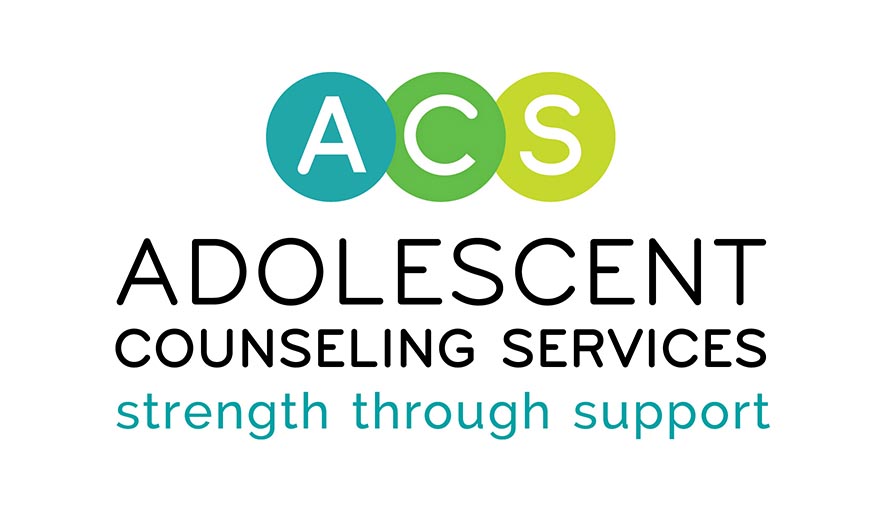
Adolescence and Suicide
Written By: Dylan Lockey, Clinical Trainee at ACS, On-Campus Counseling Program
For many, adolescenceis a period of intense change, be it physical, emotional, social, and cognitive. It can be simultaneously filled with the highs of endless possibilities and excitement over the future, and the low periods of doubt, frustration, anxiety, and intense stress. It is in these low moments that some adolescents may consider, and ultimately complete, suicide.
According to the Centers for Disease Control and Prevention, suicide is the third leading cause of death amongst adolescents between the ages of 15 and 19 years old, and that the overall rate of suicide for individuals ages 10 to 24 has “increased nearly 60 percent between 2007 and 2018” (CDC, 2020). Adolescents with a mental health disorder such as anxiety, depression, or bipolar disorder are at a higher risk for suicidal ideation. However, risk factors don’t always include a prior diagnosis of a condition and can vary across age, gender, race, socioeconomic status, and cultures. They can include one or more mental health diagnoses, substance use, impulsivity, recent loss, family history of mental illness or substance use, family history of suicide, family violence, past attempts, and access to firearms in the home (Stanford Children’s Health). Like risk factors, there is no one specific cause behind an adolescent’s decision to attempt suicide, and suicidal ideation can stem from a variety of things, such as:
- feelings of stress
- isolation
- depression
- pressure to succeed
- financial uncertainty
- disappointment
- changes in the family such as divorce or a recent move to a new area
- changes in friendships
- changes in romantic relationships
- academic problems
- grief
As mentioned above, adolescents with depression are at a higher risk for committing suicide, and the warning signs of suicide can often mimic the symptoms of depression, making it harder to distinguish between an adolescent that may be experiencing depression and an adolescent that is experiencing suicidal ideation and in immediate need of assistance. The list of symptoms for suicidal ideation can include:
- changes in eating and sleeping habits
- loss of interest in normal activities
- withdrawal from friends and family members
- acting-out behaviors such as running away
- alcohol and drug use
- neglecting one’s personal appearance
- unnecessary risk-taking
- obsession with death and dying
- more physical complaints often linked to emotional distress, such as stomachaches, headaches, and extreme tiredness (fatigue)
- loss of interest in school or schoolwork
- feeling bored
- problems focusing
- feeling of wanting to die
- lack of response to praise
- verbal hints
- giving away possessions
- sudden positive shift in mood
Adolescents, and people in general, are often uncomfortable in discussing suicide, so it is important to display empathy and kindness when broaching the subject, to use direct language that references suicide or feelings of depression to demonstrate, and most importantly, to actively listen to what they have to say in response. If an adolescent expresses that they have been having thoughts of suicide, it is important to act as soon as possible, starting with a referral to a psychologist, psychiatrist, or a hospital emergency room in the event of a crisis situation.
Future treatment may include medication and therapy (individual/family/group), and whatever the treatment plan may entail, it is imperative to support the adolescent along every step of the way to ensure they feel heard, seen, and safe, and that they can reach out for help in the future if necessary.
_________________________
Helpful Resources:
National Suicide Prevention Lifeline: 1-800-273-8255 or text CONNECT to 741741 https://suicidepreventionlifeline.org/
The Trevor Project hotline for LGBTQ+ Youth: 1-866-488-7386 or https://www.thetrevorproject.org/get-help/
American Foundation for Suicide Prevention: https://afsp.org/
Directory of Support Groups: https://suicidology.org/resources/support-groups/
Society for the Prevention of Teen Suicide: https://sptsusa.org/
https://www.nami.org/Blogs/NAMI-Blog/September-2019/How-to-Ask-Someone-About-Suicide
References:
CDC. National Center for Health Statistics. Adolescent Health. https://www.cdc.gov/nchs/fastats/adolescent-health.htm
Teen Suicide. Stanford Children’s Health – Lucile Packard Children’s Hospital Stanford. (n.d.). Retrieved March 16, 2022, from https://www.stanfordchildrens.org/en/topic/default?id=teen-suicide-90-P02584
